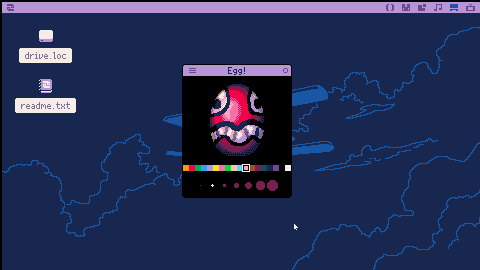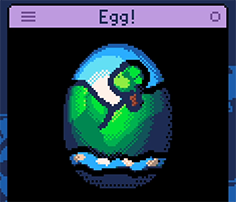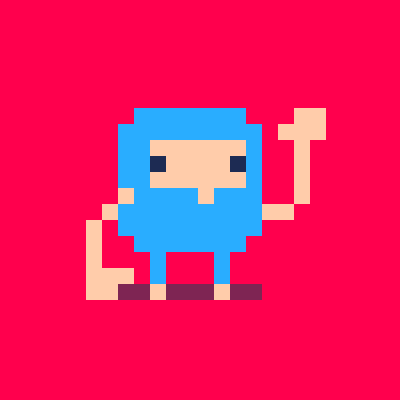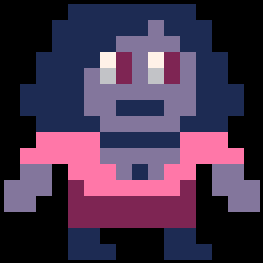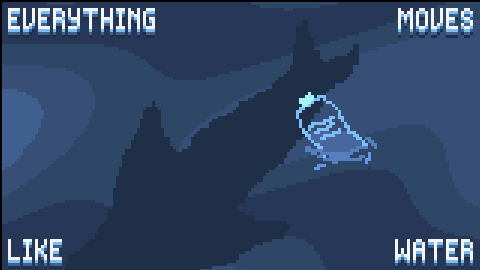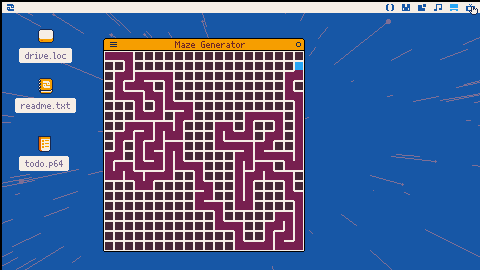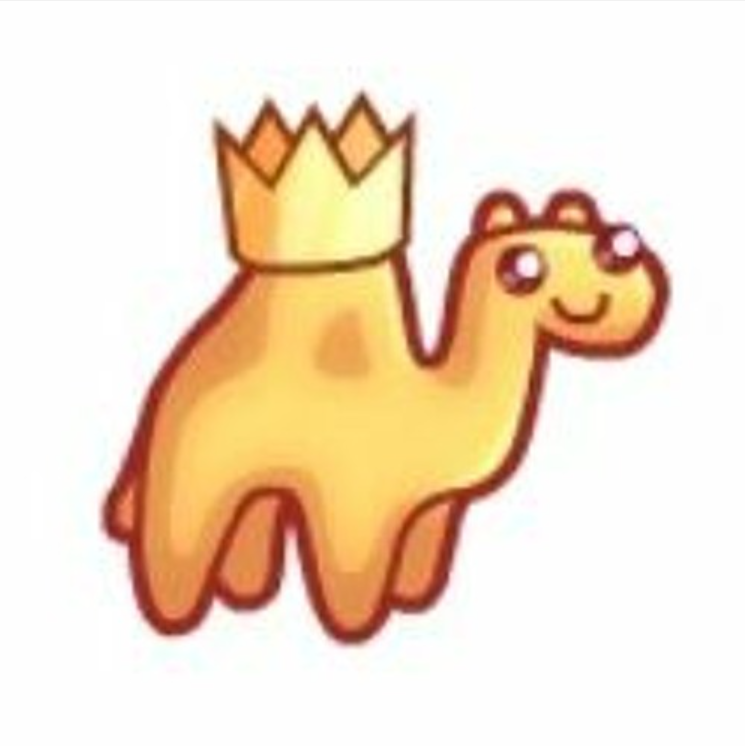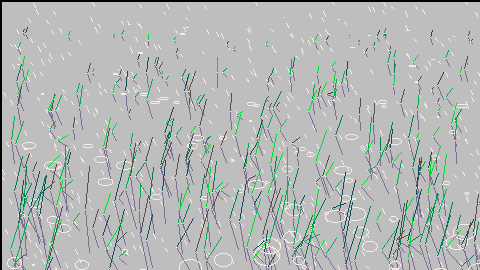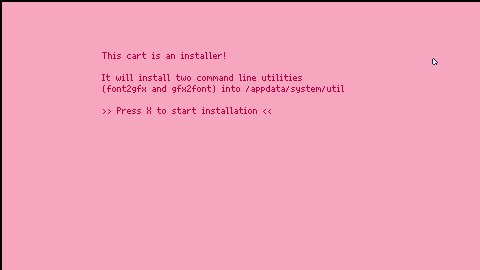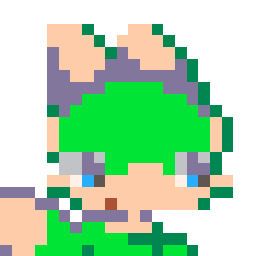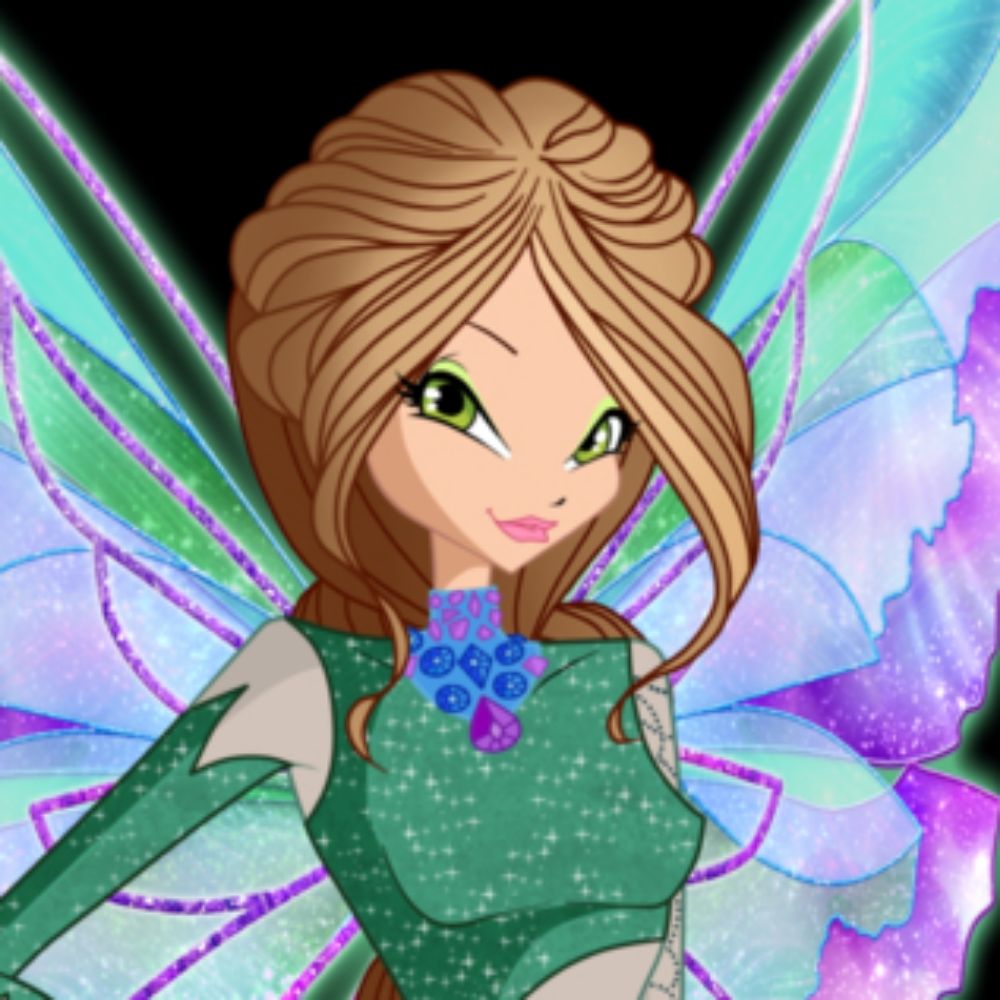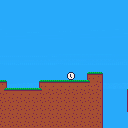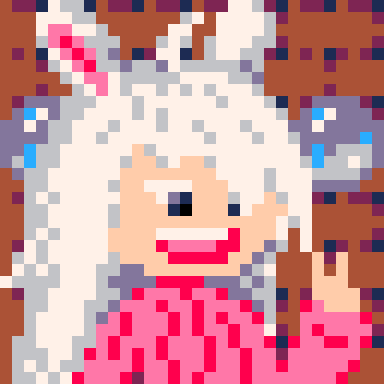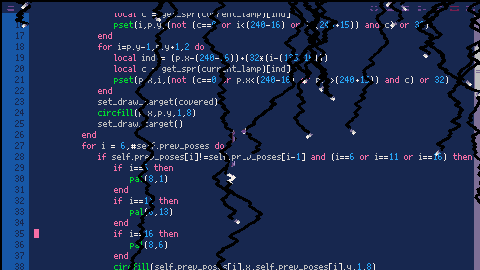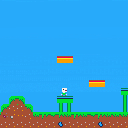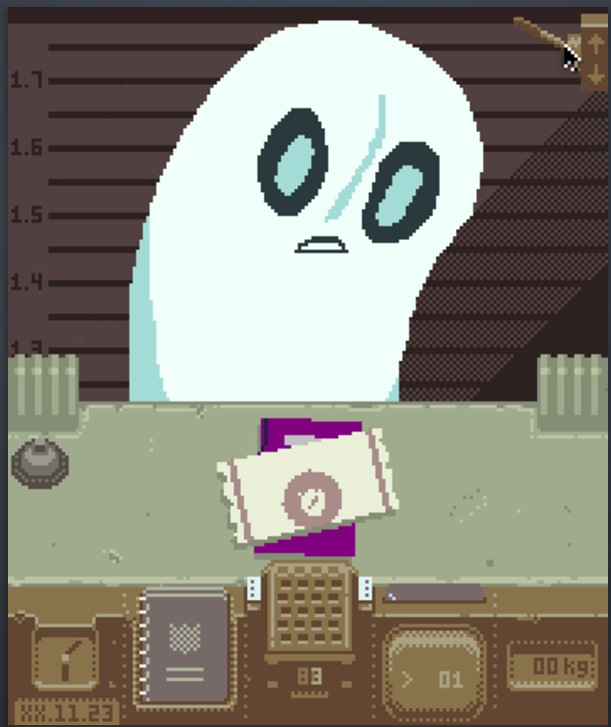Decided to start teaching myself Picotron and made a quick little tile-based puzzle game. Enjoy!
You can load it in Picotron by typing: load #numbercrunchers
Click any two adjacent numbers to combine them. The higher the numbers, the higher the score. The game is over when there are no more moves left.
(Restart the app for a new game using control-R.)
Edit: I'm really happy with how fast I was able to knock this out. All done today. Feels almost as fast as PICO-8 development, with the main impediment being there's not a lot in the way of documentation yet. But it's just as quick and enjoyable to code Picotron apps as it is to code PICO-8 apps!
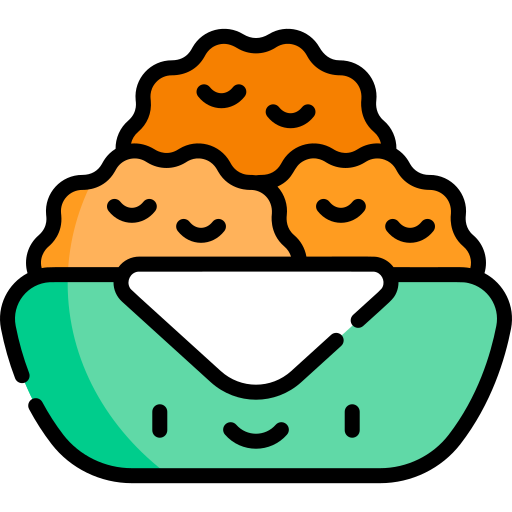
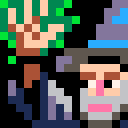
A small little game made for fun. Originally a collaboration project with a beginner coder friend who quickly lost interest. Feel free to add critique although please understand this wasn't intended to be particularly good.
controls:
Press O (z) to jump
Press X (x) to eat
Instructions:
A timer is ticking down. Quickly choose whether you will jump over the incoming obstacles or attempt to eat them. Eating a spike will give you a "GAME OVER", but eating a fruit will increase your speed and grant you additional time to extend your streak. Go for the highest score you can before time runs out! (my record is 8100 if you want to try and beat it)
Second picotron project! I tried to recreate the plasma effects from this page and ended up with this little ocean wave demo. monochrome palette code lifted straight from the swoosh.p64 screensaver, and it works perfectly for the subject matter :3 works well as a screensaver
In the terminal, type load #maze_generator1-0 to get this cartridge. It is a maze generator that uses a Depth-First Search algorithm. I coded it after a coding challenge that Daniel Shiffman did for his YouTube channel The Coding Train.
Click on Show to see the link to the original video (for p5js).
i made a clock and you can set the time yourself in the code or with the little knob on the side, if you pull it out a bit like a normal watch you can adjust the time and if you dont you can turn the mainspring (but it doesnt affect the power beause i dont want to have to wind my virtual watch lol)
its real messy. i can label it if someone wants but to adjust to your timezone youre gonna wanna change the line in _update that says hour = date sub - 6. the - 6 is subtracting 6 hours from the default gmt to get mountain time where i live but you can change it to whatever you like
you can copy this into a file you make called clock.lua wherever your toolbar widget things are stored and then add a line in appdata/system/startup.lua to create it on startup like this

Big rainpond
load into picotrion using #rainpond_picotron
I decided to finally jump on the picotron bandwagon that has been going for a while now.
This is a remake of one of my first carts created in pico8. Since this is a remake I added the original below for comparison.
While I think the lower resolution of Pico8 serves this concept a bit better, it is hard to get used to the chunkyness of pico8 again.
The picotron version still feels a bit empty.
The higher resolution means the lack of detail is more obvious.
I might come up with a workaround for that someday
For now enjoy this one.
I also noticed I should have made the cart ID and title match up as much as possible since we need to manually load carts in Picotron
tiny rainpond
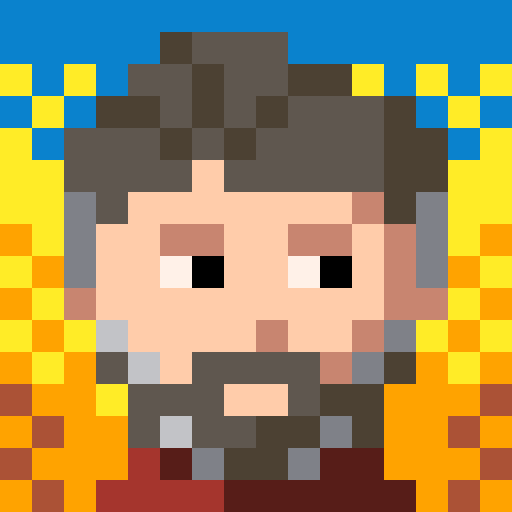



This cartridge contains two command line utilities, font2gfx and gfx2font, to perform conversion between fonts and sprite sheets.
Installation
First, load the cart with load #font_utils.
After loading, you have two options:
- Either an automatic installation: run the cart (press CTRL-R) and follow the instructions.
- or a manual installation:
cp /ram/cart/exports/appdata/system/util/font2gfx.lua /appdata/system/util/cp /ram/cart/exports/appdata/system/util/gfx2font.lua /appdata/system/util/
Usage
Converting a font into a sprite sheet
Use font2gfx input.font
This will create two files: a gfx file containing the sprite sheet, and a lua file containing the configuration of the font (character width, height, variable width offsets, and so on).



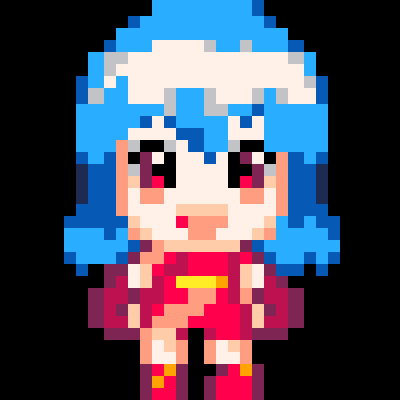
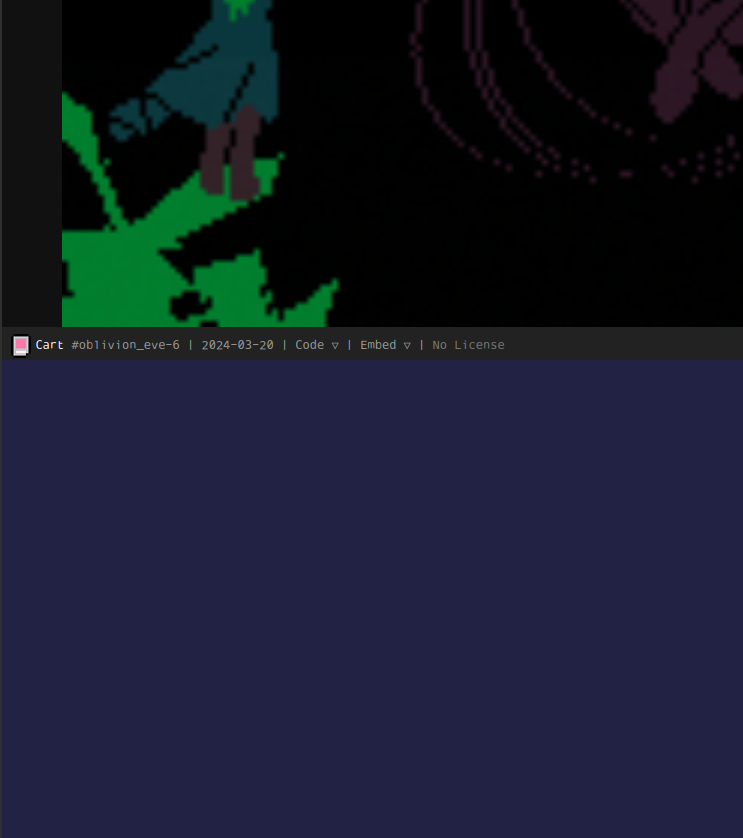
When I click Code below any cart on the BBS, the block is just empty and contains no code. Not sure if this is related to the recent styling change. I can't say for sure when this started, but I just noticed it today for the first time.
In case it's browser specific, I'm on Firefox 124.0.1 on Linux.
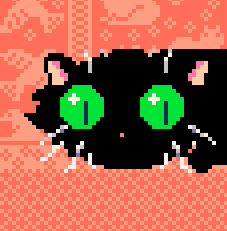


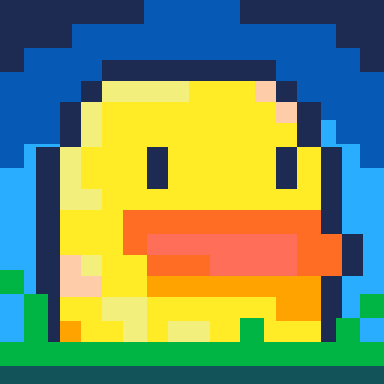

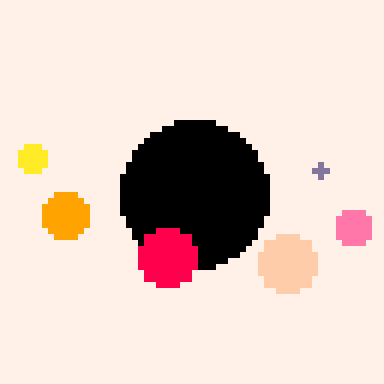


Obviously I can only speak for myself, but I have to say I don't like the site's font having been changed to be universally monospaced. I really hope this was just a CSS accident. 😕
@zep - Was this intentional?


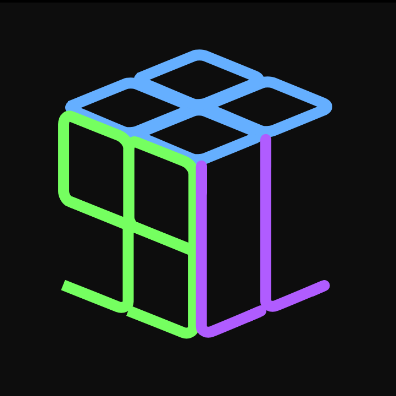








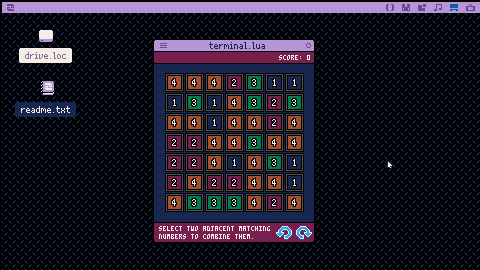
 2 comments
2 comments













